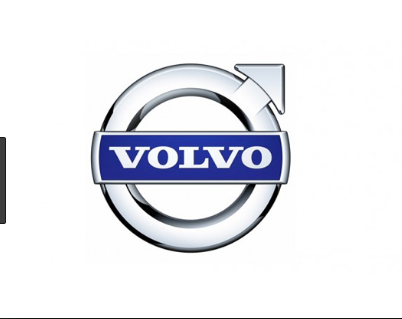
STOCKHOLM: Volvo Cars is talking to Chinese and U.S. tech investors as the company seeks external finance for its Polestar performance electric car brand, the Swedish company’s chief said on Thursday.
Carmakers are seeking partnerships to cut the cost of building new electric and autonomous vehicles, while also grappling with the challenges of Washington’s trade war with China and slowing sales.
“There’s a big interest now to invest in the future of mobility and electrification and autonomous drive. So I think we have a very strong story with Polestar which is attractive to many,” Volvo CEO Hakan Samuelsson told journalists.
“We’re on (fundraising) already today talking to potential investors,” he said, adding that the fundraising could happen via a private placement and would depend on a good valuation and an attractive case.
Volvo and Chinese parent Geely have each held a 50 percent stake in Polestar since 2017, when they agreed to jointly invest 5 billion Chinese yuan renminbi ($736 million) to fund its initial development as a luxury electric carmaker.
Government subsidies are driving up electric car demand in Europe and China, prompting traditional carmakers, including Volkswagen and Daimler, to start delivering their own luxury electric cars from this year.
Polestar is gearing up to unveil the Polestar 2 on February 27. This model is a fully electric sedan which will be the first of five full-battery vehicles that Volvo has promised to deliver to the market.
Car industry experts say the Polestar 2 has the potential to take on Tesla’s Model 3 if it can deliver on an expected range of about 300 miles and touted price tag of about 40,000 euros upwards.
“This car will be really relevant to the electric vehicle market from day 1 because that is a radically low price for what Polestar are suggesting it is going to include,” auto analyst Anton Wahlman said. “At that price, it undercuts the Tesla Model 3 pretty significantly on an apples to apples basis.”
Polestar’s potential challenge to Tesla comes as the U.S. carmaker is trying to ramp up its European and Chinese sales while a cut in U.S. subsidies is dampening its domestic market.
Polestar’s initial goal is to make 50,000 to 100,000 of its first three models annually, which include the hybrid Polestar 1 and an SUV to come by 2021, Bloomberg quoted its CEO as saying late last year. It expects to get up to half of its sales from China, and the rest from the United States and Europe.
BREAK FROM PAST
Volvo has so far funded the development of electric and driverless cars in house, but like other carmakers is battling a sales slowdown in Europe and China.
Samuelsson said that external funds raised would play a big role in financing the cost of building new electric vehicles.
“Right now we have the financing we need for the time being (for Polestar)… We need funding to drive the very expensive development so let’s see how fast that can happen,” he said.
In September, Volvo dropped plans to list itself, with an estimated valuation of between $20 billion and $30 billion, due to trade tensions and an auto industry downturn.
Samuelsson said on Thursday that while an initial public offering remained an option for Volvo and was a likelihood for Polestar, neither were planning to go public at the moment.
“The end game for Polestar is to have a company where (Volvo) would be a big dominant player but the rest would be open for various financial investors,” Samuelsson said. “Long term, an IPO could also be an option but it’s not something we are planning right now.”
Polestar declined to comment on the Volvo CEO’s remarks.
Bankers and industry experts have said that valuing Polestar could be tricky as it has not said yet when Polestar 2 sales will begin or how it will build brand awareness with customers after breaking with the Volvo image.
The company is also ditching the industry’s traditional route to market via dealers and will instead offer a subscription plan much like Netflix or Spotify – a new strategy for the car industry.
Industry experts said younger customers seeking convenience were adopting subscription offers. They said this would eliminate the hassle of maintenance and repairs.
“This will help them create a buzz. It will feel much more forward thinking to the type of customers they’re targeting, which are very tech-savvy oriented customers similar to Tesla,” Karl Brauer of Cox Automotive said.